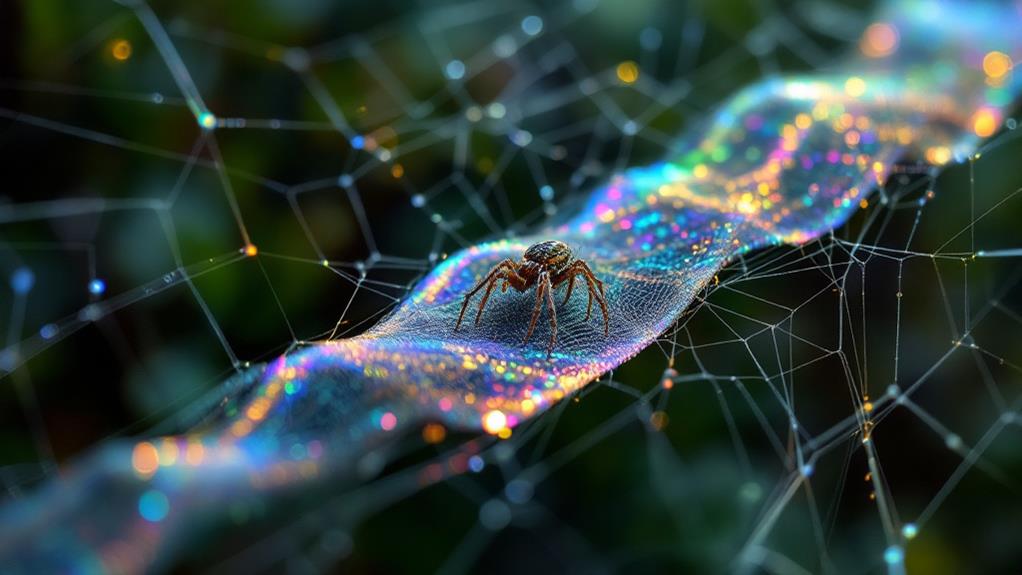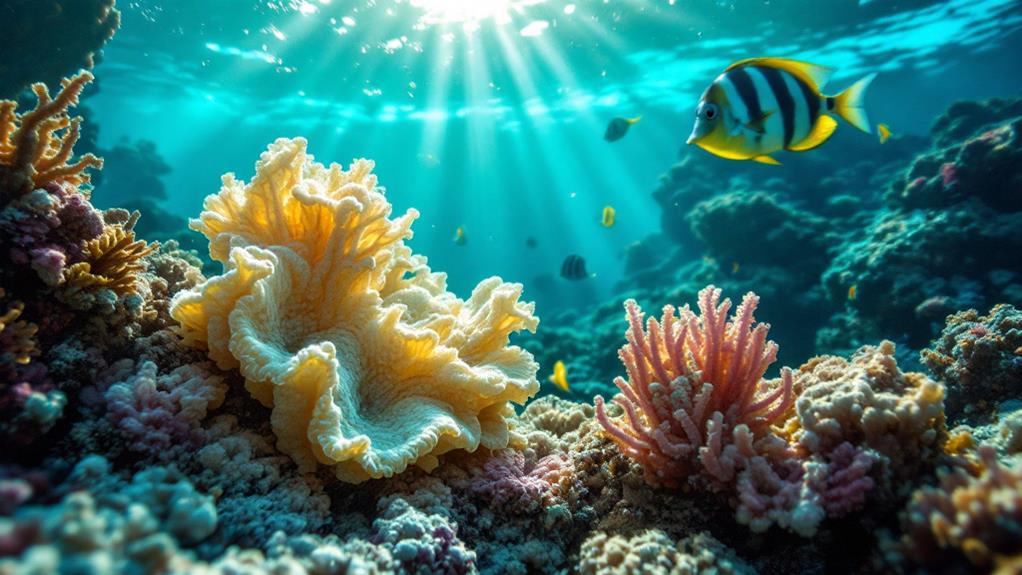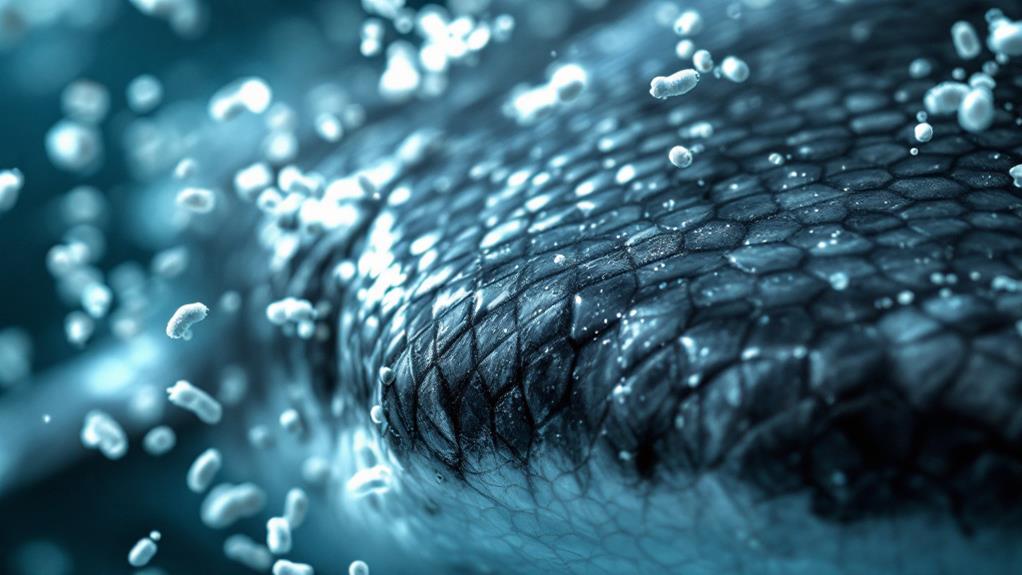The Amazing Origins of Anti-Fouling Coating: Keeping Surfaces Clean With Nature's Help

Nature's ingenious anti-fouling strategies have inspired innovative solutions for keeping surfaces clean and efficient. From the slick mucus of fish to the microscopic scales of sharks, marine organisms have evolved remarkable defenses against unwanted growth. Scientists have studied these natural wonders, like the self-cleaning lotus leaf and barnacles' anti-fouling compounds, to develop pioneering coatings for various industries. These bio-inspired technologies are revolutionizing everything from ship hulls to medical devices, offering non-toxic alternatives that reduce drag, prevent biofilm formation, and improve efficiency. As you investigate this fascinating field, you'll uncover how nature's wisdom is shaping the future of surface protection across diverse applications.
Nature's Anti-Fouling Pioneers
Long before humans developed anti-fouling coatings, nature had already perfected the art. You'll find incredible examples of this in the marine world, where creatures have evolved ingenious ways to keep their surfaces clean and free from unwanted hitchhikers.
Take a closer look at fish, and you'll notice their scales aren't just for protection. Many species produce a mucus layer that constantly sloughs off, carrying away any would-be colonizers. Sharks have gone a step further, developing microscopic tooth-like scales that create a low-drag surface too slippery for most organisms to attach to.
Mollusks' attachment mechanisms have also inspired anti-fouling solutions. Mussels secrete proteins that allow them to stick to surfaces underwater, but they've also developed ways to prevent other organisms from sticking to them. Barnacles' survival strategies include producing a natural antifouling compound in their shells.
Even some plants have gotten in on the act. The lotus leaf's famous self-cleaning properties come from its microscopic surface structure, which causes water to bead up and roll off, taking contaminants with it.
Sharks: Masters of Smooth Sailing
Among nature's anti-fouling champions, sharks stand out as true experts of hydrodynamic efficiency. You might wonder how these ancient predators maintain their smooth sailing through the water. The secret lies in their streamlined body structure and unique shark skin surface texture.
Sharks have evolved an exceptional dermal denticle system, which covers their entire body. These tiny, tooth-like scales are arranged in a precise pattern that reduces drag and prevents the attachment of microorganisms. The denticles' ribbed structure creates micro-vortices, channeling water efficiently over the shark's body and deterring fouling organisms from settling.
You'll find that this ingenious design not only keeps sharks clean but also enhances their swimming speed and agility. Scientists have been studying shark skin for decades, hoping to mimic its anti-fouling properties for human applications. By understanding the intricate details of shark skin surface texture, researchers have developed synthetic materials that can be applied to ship hulls, medical devices, and even swimwear to reduce drag and prevent biofouling.
Seaweed's Slippery Defense Mechanisms
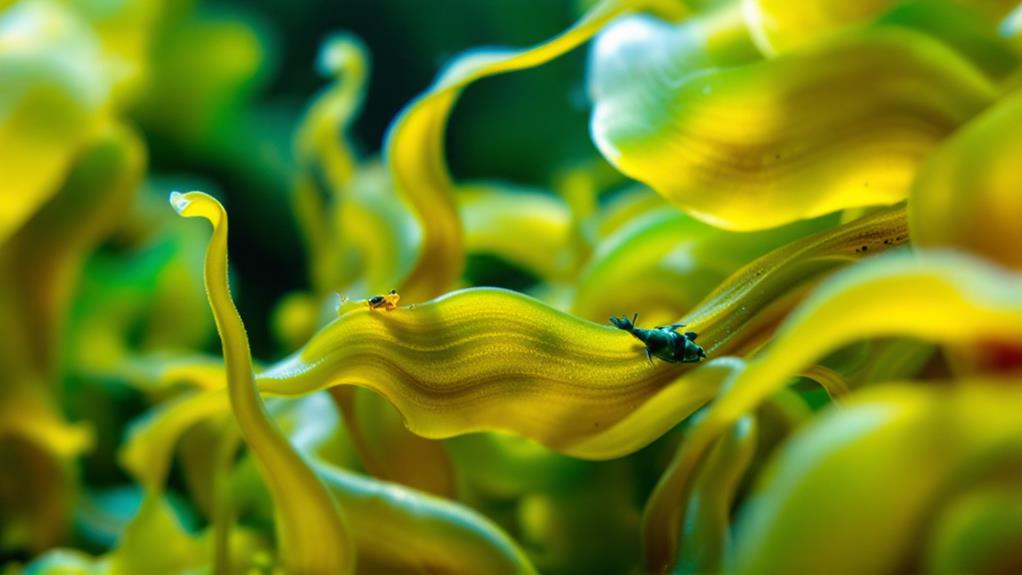
While sharks have evolved impressive anti-fouling mechanisms, seaweeds have developed their own unique strategies to combat biofouling. You'll find that these aquatic plants employ a variety of surface adhesion mechanisms to keep their fronds clean and free from unwanted hitchhikers.
One of the most effective biofouling prevention techniques used by seaweeds is the production of a slippery mucus layer. This slimy coating makes it difficult for organisms to attach to the plant's surface. Additionally, some species of seaweed secrete chemical compounds that repel or inhibit the growth of potential fouling organisms.
You'll notice that certain seaweeds have developed physical structures on their surfaces, such as microscopic ridges or bumps, which reduce the area available for attachment. These textures create an unfavorable environment for settling organisms, making it challenging for them to gain a foothold.
Interestingly, some seaweeds have even evolved to shed their outer layer periodically, effectively removing any organisms that may have managed to attach. This constant renewal of their surface helps maintain a clean, fouling-free exterior.
Biomimicry in Modern Coatings
Nature's ingenious anti-fouling solutions have inspired scientists and engineers to develop innovative coatings for modern applications. You'll find that biomimicry plays an essential role in creating effective anti-fouling surfaces for ships, medical devices, and industrial equipment.
By studying seaweed's slippery defense mechanisms, researchers have developed bioinspired surface textures that mimic the microscopic patterns found on marine organisms. These textures create a physical barrier that prevents microorganisms from attaching to surfaces. You'll see this technology applied to ship hulls, reducing drag and fuel consumption while minimizing the spread of invasive species.
In the medical field, you'll find catheters and implants coated with materials that mimic the anti-adhesive properties of certain plants and animals. These coatings considerably reduce the risk of infections and biofilm formation, improving patient outcomes and reducing healthcare costs.
Sustainable material design is another key aspect of biomimicry in modern coatings. You'll notice a shift towards non-toxic, biodegradable alternatives inspired by natural compounds. These eco-friendly solutions not only protect surfaces but also minimize environmental impact, aligning with global sustainability goals.
Applications Beyond Marine Environments
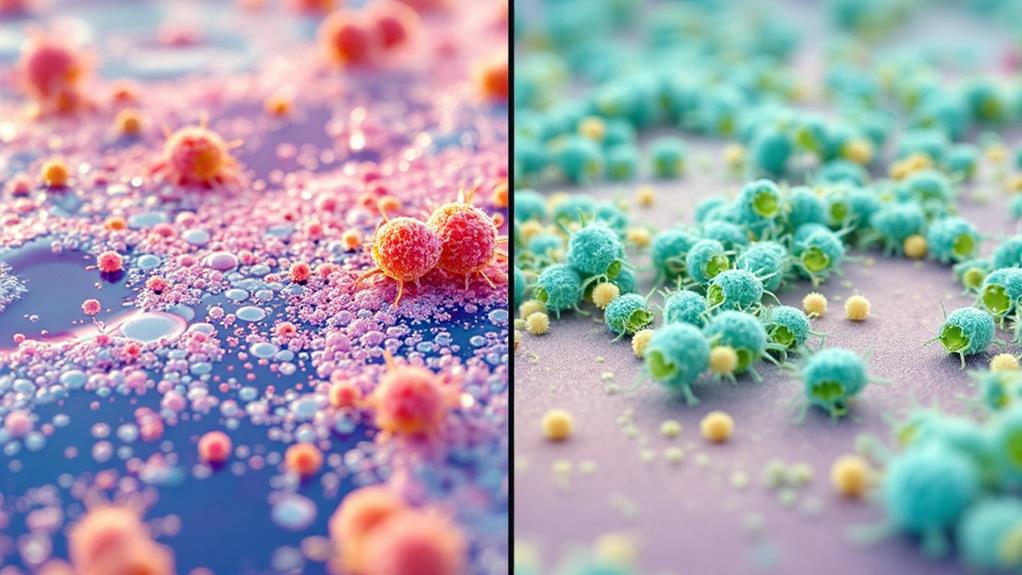
Anti-fouling coatings have increasingly found applications far beyond their traditional marine uses. You'll now find these innovative coatings in a variety of industries, protecting surfaces from unwanted buildup and contamination.
In freshwater applications, anti-fouling coatings are used to keep dams, water treatment plants, and irrigation systems free from algae and other organisms that can clog pipes and reduce efficiency. These coatings help maintain water quality and reduce maintenance costs in critical infrastructure.
Industrial machinery coatings have also benefited from anti-fouling technology. You'll see these coatings on equipment in food processing plants, where they prevent bacterial growth and make cleaning easier. In chemical plants, they safeguard reactors and heat exchangers from scale buildup, improving heat transfer and reducing downtime.
Anti-fouling coatings are now used in air conditioning systems to prevent mold growth, on solar panels to maintain efficiency by reducing dust accumulation, and even in medical devices to prevent bacterial colonization. As research continues, you can expect to see these coatings in even more diverse applications, from construction materials to consumer products, all aimed at keeping surfaces clean and functional.
Future of Bio-Inspired Anti-Fouling Technology
In light of recent advancements, the future of bio-inspired anti-fouling technology looks incredibly promising. You'll soon see emerging bioinspired materials that mimic nature's most effective anti-fouling strategies. These innovations will revolutionize industries beyond maritime applications, offering sustainable antifouling strategies for a wide range of surfaces.
Expect to encounter self-cleaning windows inspired by lotus leaves, medical implants that resist bacterial growth like sharkskin, and building materials that shed ice like penguin feathers. You'll witness the development of smart coatings that adapt to environmental changes, providing long-lasting protection against fouling organisms.
As research progresses, you'll see a shift towards more environmentally friendly solutions. Scientists are working on biodegradable coatings and non-toxic alternatives to traditional biocides. You'll benefit from improved durability and efficiency in anti-fouling technologies, reducing maintenance costs and increasing the lifespan of various products.
The future of bio-inspired anti-fouling technology will bring us closer to nature's ingenious solutions, offering a sustainable and effective approach to keeping surfaces clean in diverse applications.
